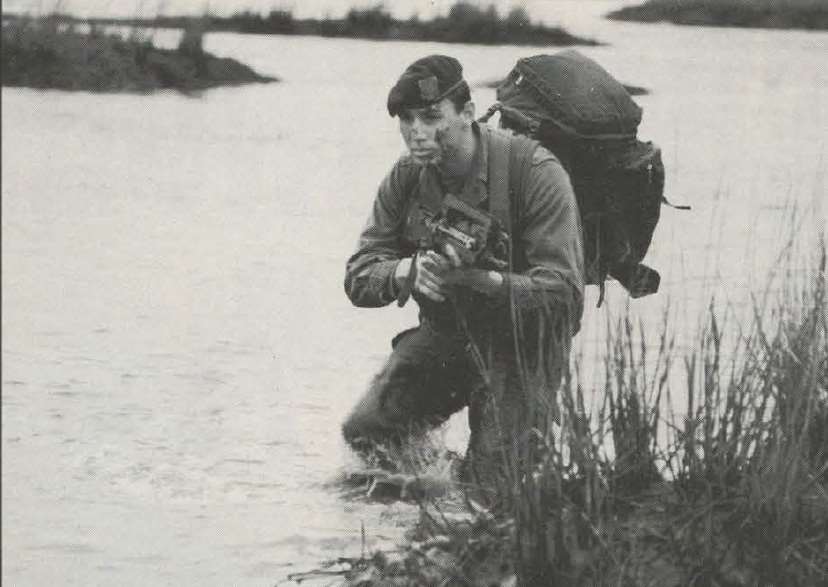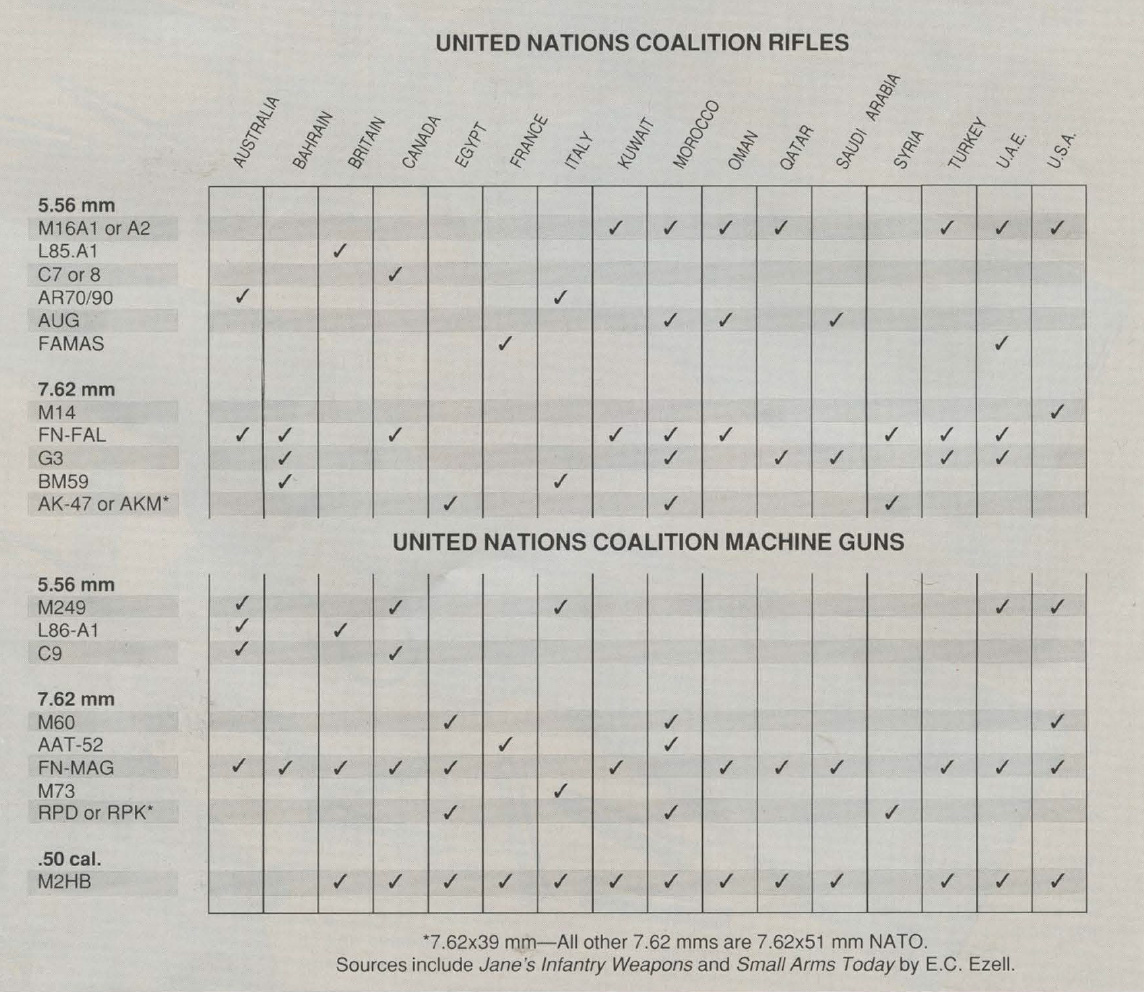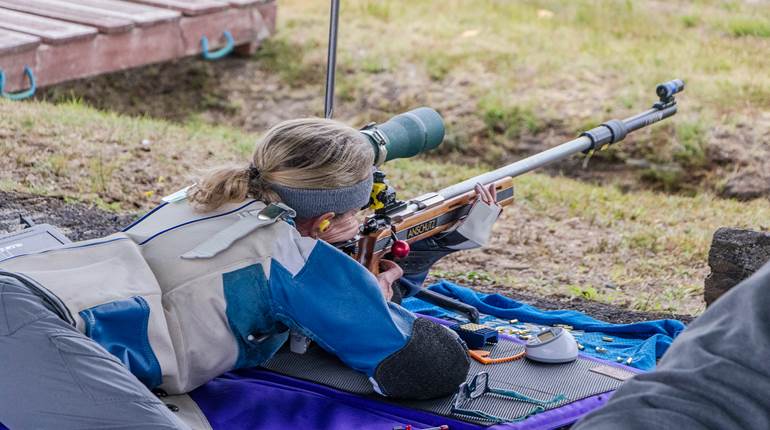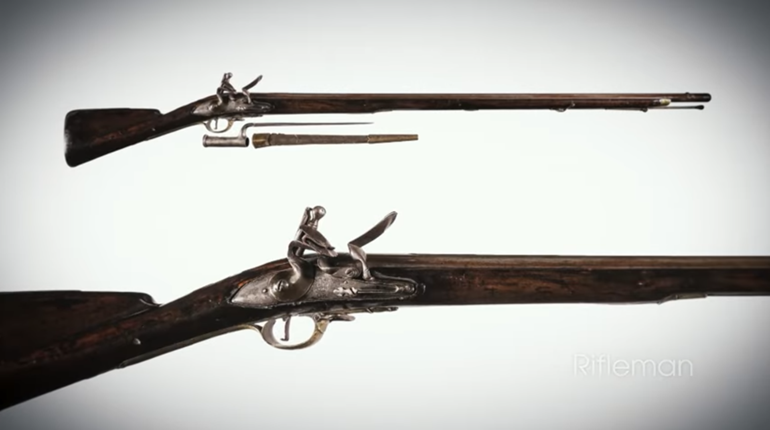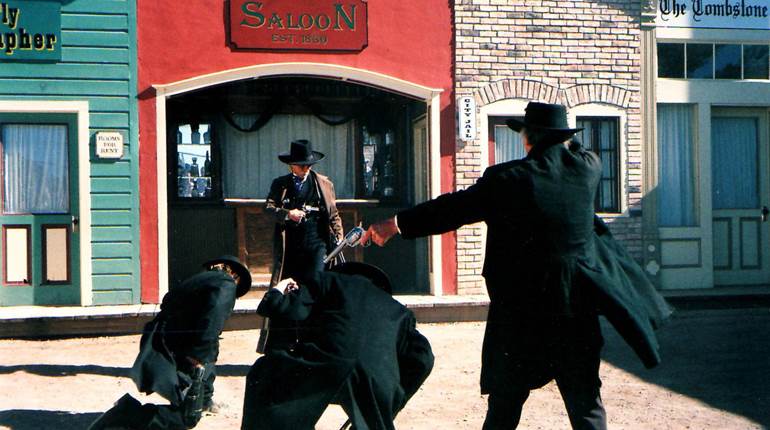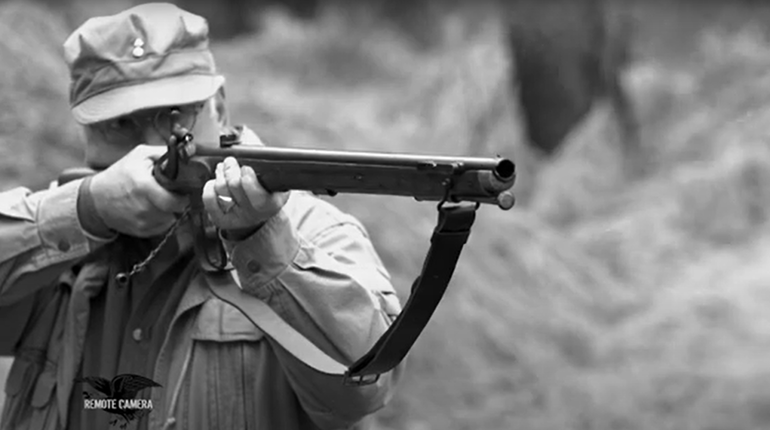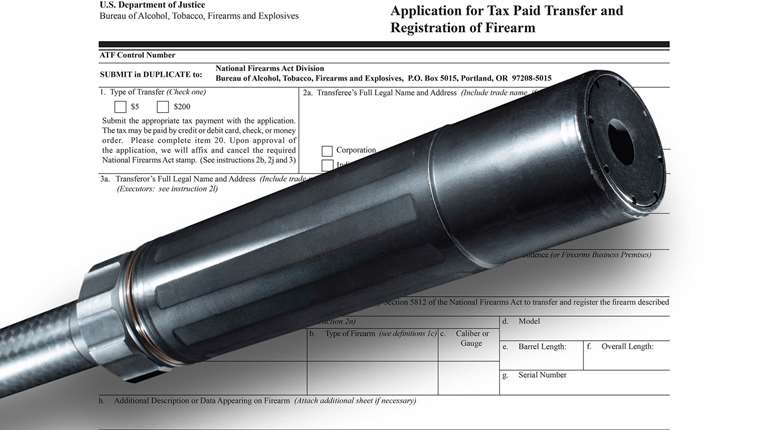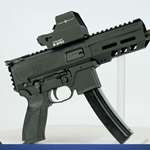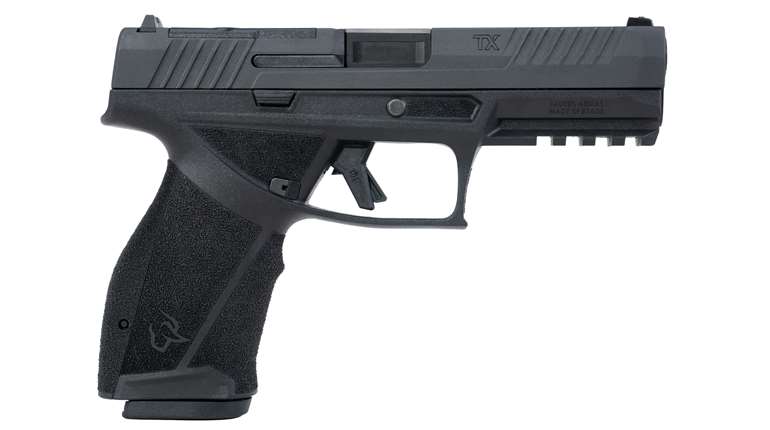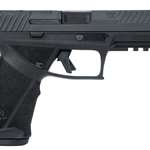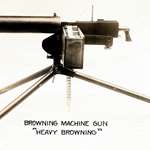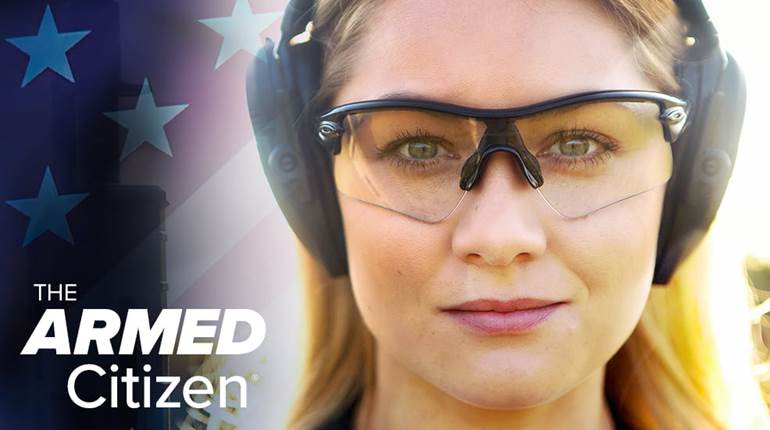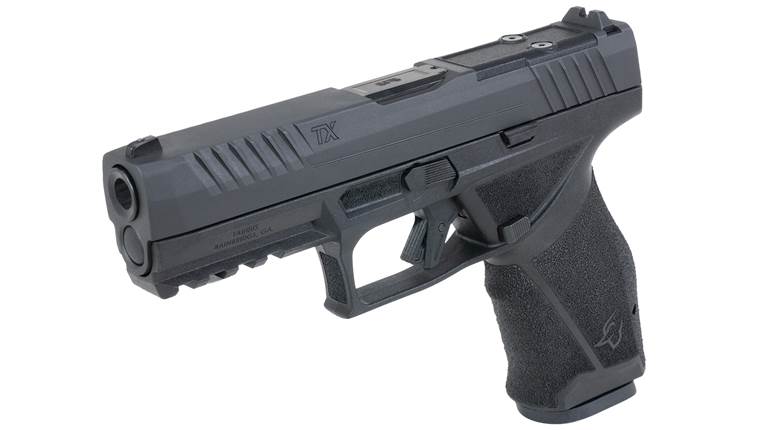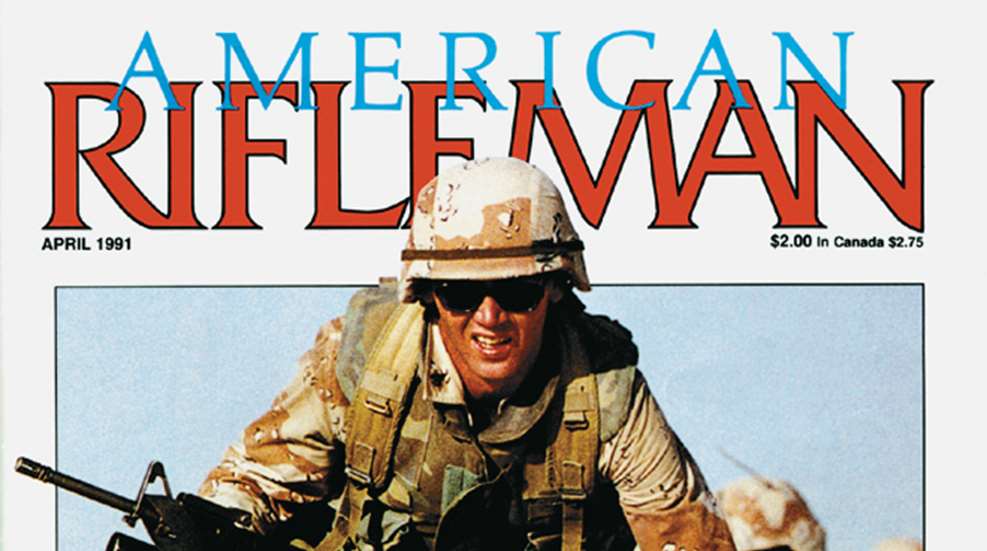
This article first appeared in American Rifleman, April 1991. Cover design by William F. Parkerson; Photo by Andrew Popper, U.S. News and World Report. 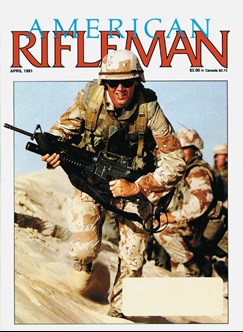
By American Rifleman Staff
The videocasts of Operation Desert Storm gave us heavy coverage of missiles, aircraft, ships, and tanks and their armament, but little time was devoted to the small arms that figured in the battle.
As a result, many members have asked for a rundown on just what pistols, rifles and machine guns the U.N. Coalition forces had and what arms they faced. A recurrent question concerned the identification of the most photographed gun of the war, i.e. Saddam Hussein’s pistol.
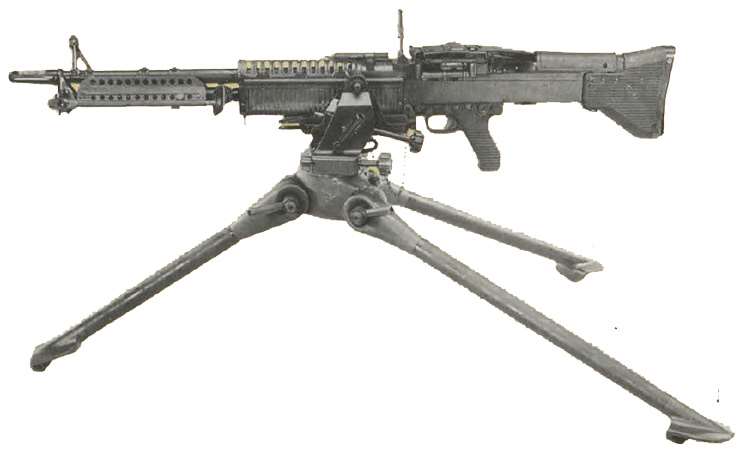
Starting with handguns, Saddam’s pistol appeared to be one of the 9 mm FN Hi Powers that Iraq purchased circa 1960 to complement its inventory of 7.62 mm TT-33 Tokarevs and later 9 mm CZ75s. Iraq also is said to have made a version of Beretta’s 9 mm Model 1951 “Brigadier.” The British 9 mm Sterling submachine gun is the Iraqi standard.

Iraqi rifles reportedly include at least one domestically produced version each of a 5.56x45 mm chambered AK (identified by Jane’s as the Tabuk), a 7.62x39 AK copy, a version of the 7.62x54R mm Dragunov, plus a variety of 7.62x39 mm SKS, AK-47 and AKM rifles from the Eastern Bloc. From the same area came Iraq’s 7.62x39 mm RPD and RPK light machine guns. It also has heavier machine guns in calibers 7.5x54 mm to 12.7x108 mm from various sources, including France and Belgium, but mainly from the Eastern Bloc and the People’s Republic of China.
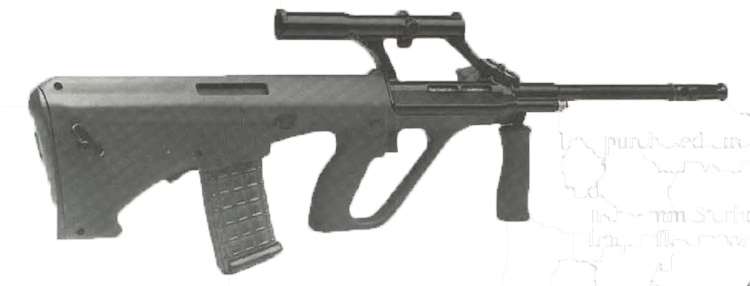
Undoubtedly there are also quantities of obsolescent small arms and arms captured from Iran that Iraq was forced to put back in service.
The United Nations Coalition nations under arms in that area that most were mentioned in land, sea and air reports included Australia, Bahrain, Britain, Canada, Egypt, France, Italy, Kuwait, Morocco, Oman, Qatar, Saudi Arabia, Syria, Turkey, the United Arab Emirates (U.A.E.) and the U.S. All have small arms not only for their infantry but for their air and naval units. The possible range of Coalition small arms is so vast that only the more common versions will be noted.
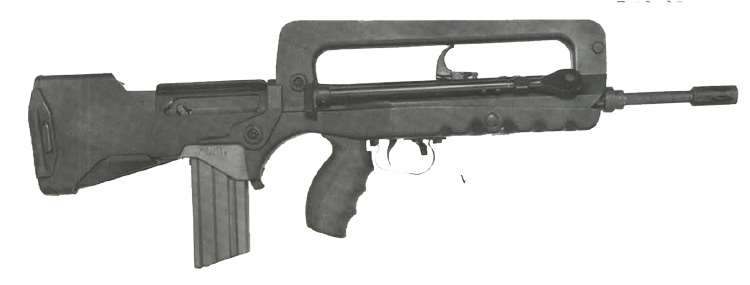
In pistols, the 9 mm NATO chambering predominates, with the U.S. retaining significant numbers of the veteran .45 M1911A1s along with the 9 mm M9s. The Browning Hi Power is standard with Australia, Bahrain, Britain, Canada, Kuwait, Oman and Saudi Arabia and the U.A.E.; Egypt has its 9 mm Helwan and 1951 Beretta; France has its MAB and MAC 9 mms plus some from Beretta and SIG; Italy, unsurprisingly, uses Berettas; Morocco has MACs, MABs and HKs. Several nations avoid the NATO norm and use other sidearms, including Syria’s Soviet-made 7.62 mm Tokarevs or 9 mm Makarovs, Turkey’s domestically made .380 cal. MKEs and Qatar’s .380 HK4s and more than a few “non-issue” handguns, including revolvers, were seen worn by U.S. and Allied soldiers.
In rifles, too, the NATO chamberings, 7.62x51 and 5.56x45 mm, prevailed. The U.S., particularly its Navy, has 7.62 mm M14s, and all its forces have M16A1s and M16A2s. Most of the other coalition nations also issue more than one rifle and, as the chart shows, only Syria depends mainly on Soviet arms.

In machine guns, the chart leaves no doubt that the .50 cal. Browning M2HB saw plenty of use. Neither submachine guns nor shotguns are charted, but the number of prisoners taken must have demanded a huge quantity of guard weapons, and shotguns and submachine guns are logical choices.
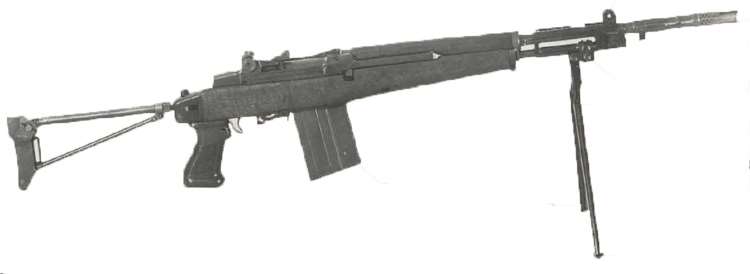
At this writing, the TV screens are showing a variety of rifles, handguns and shotguns that would defy any cataloger or chart maker. All are being fired skyward, to the horror of those who know what goes up must come down, but to the delight of the Kuwaitis and Saudis, who are celebrating their—and our—unprecedented victory.
